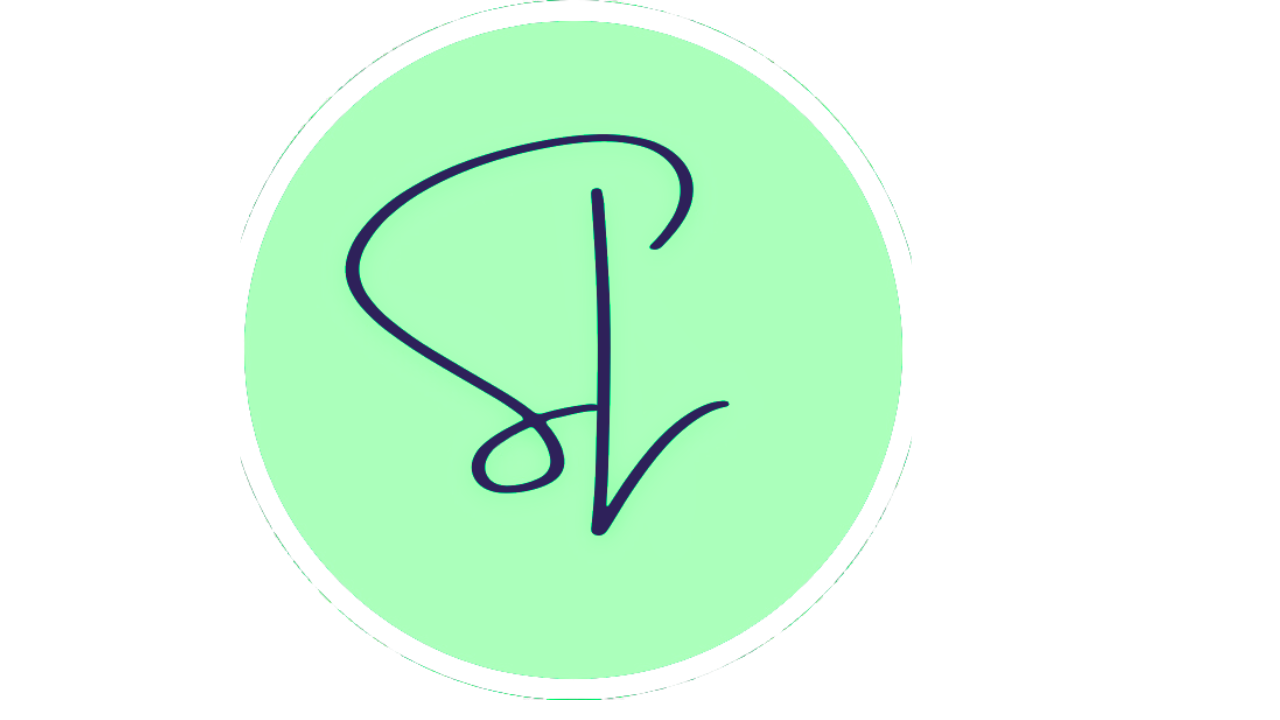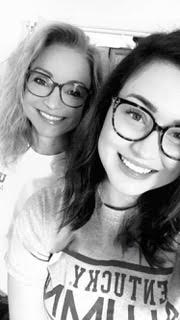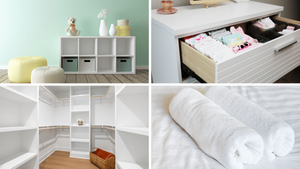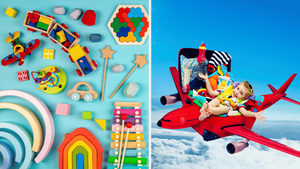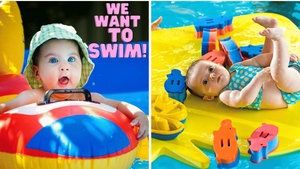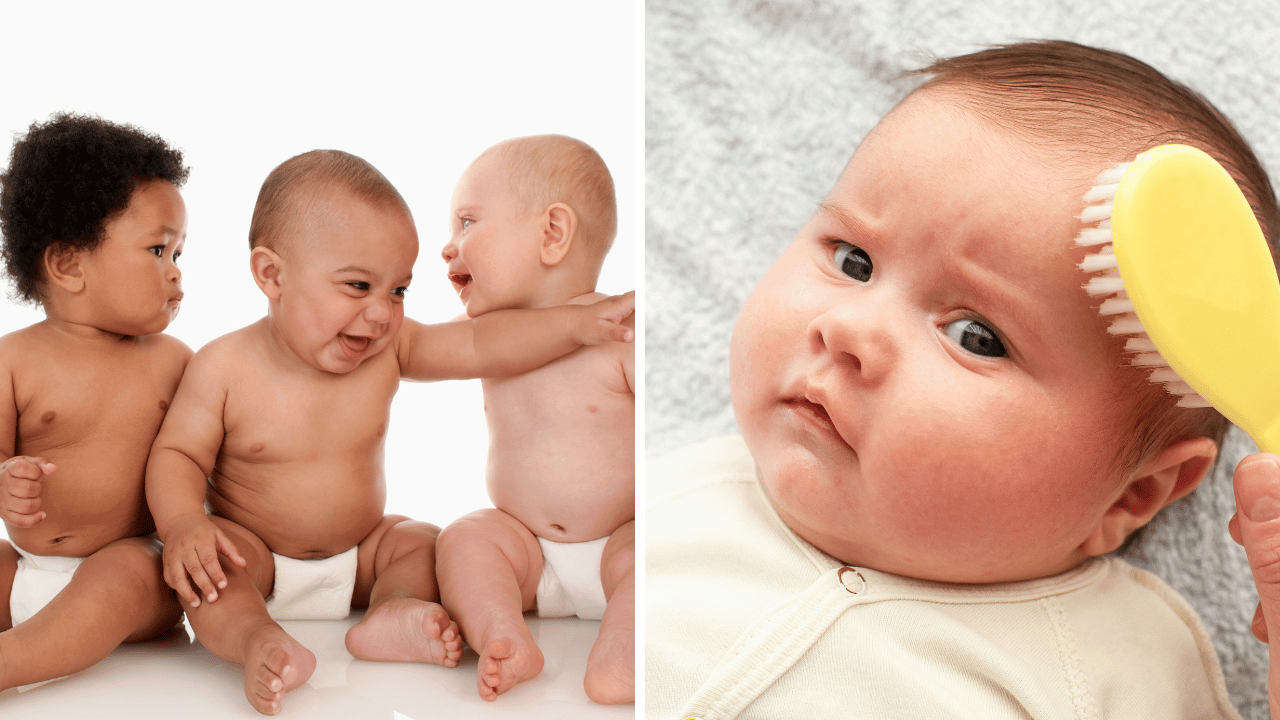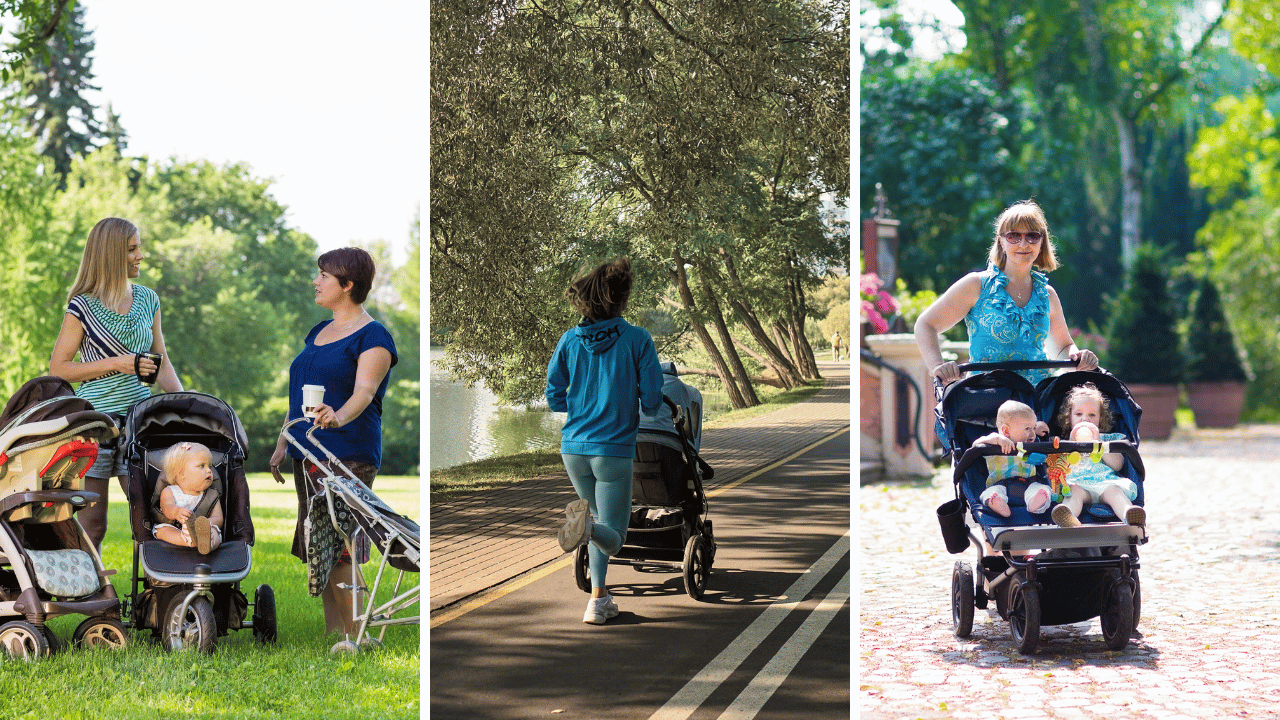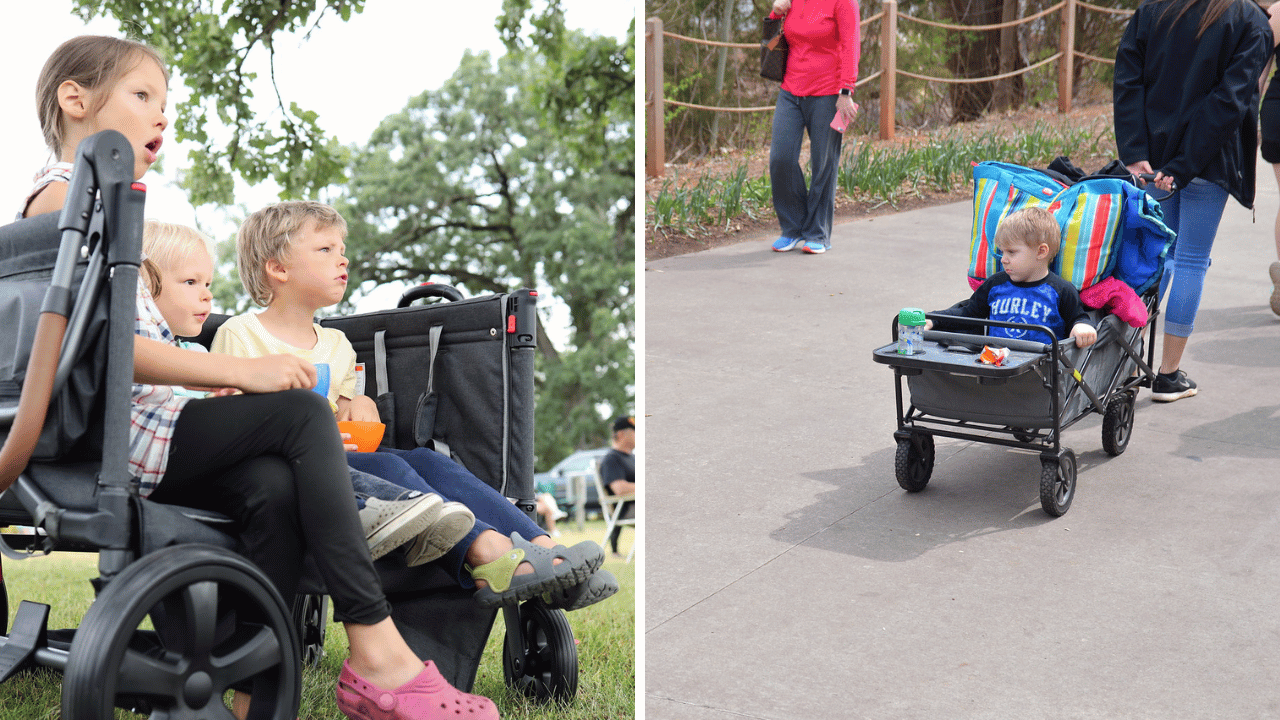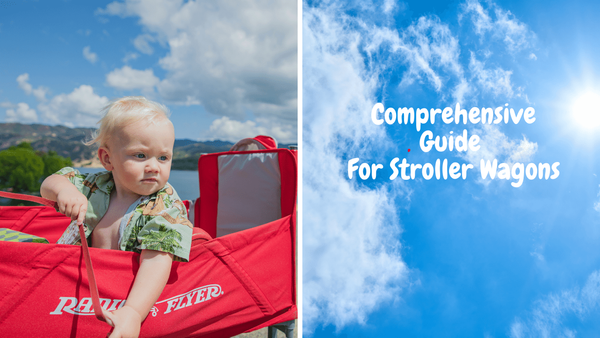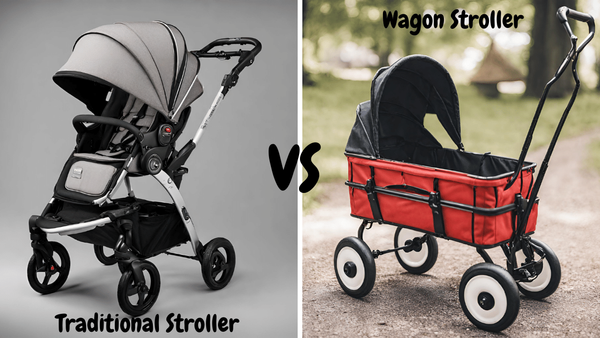Are you about to become a parent for the first time? Are you wondering how many baby clothes should be in your little one's wardrobe? It can be overwhelming, but don't worry: we've got you covered! With our practical guide on how many baby clothes you actually need, all of the guesswork is taken away.
From finding out the basics to understanding seasonal requirements and more advanced needs such as layering pieces, this blog post provides new parents with an insight into what they really need so that their newborn can have just enough - without overstocking or having too few options available.
Understanding Different Types of Baby Clothes
Before we dive into the numbers, let's understand the different types of baby clothing items. Some of the essential items include:
- Onesies: These are a staple in every baby's wardrobe. They come in various styles, including sleeveless, short-sleeve, long-sleeve, and even kimono style.
- Sleepsuits and Rompers: Perfect for sleep time or daytime, these outfits are comfortable and easy to put on and take off.
- Footies: These are similar to rompers but have an added advantage of covering the baby's feet, keeping them warm.
- Bibs and Burp Cloths: Essential for feeding times and to protect clothing from spills and spit-ups.
Onesies are an essential item for a baby's wardrobe and come in different styles such as short-sleeved, long-sleeved, and even footed. They can be worn alone or layered with other items such as t-shirts or sweaters. Sleepers, on the other hand, are one-piece sleepwear with feet and a snap closure at the bottom. They are perfect for cold nights and come in both short-sleeved and long-sleeved varieties.
Other essential items to have on hand include shorts or pants, t-shirts or tops, hats, mittens, socks, and slippers. These can be paired together for a complete look or layered with other items to create a unique outfit. Additionally, you may want to consider investing in an all-in-one suit for cold days or a snowsuit for winter activities.
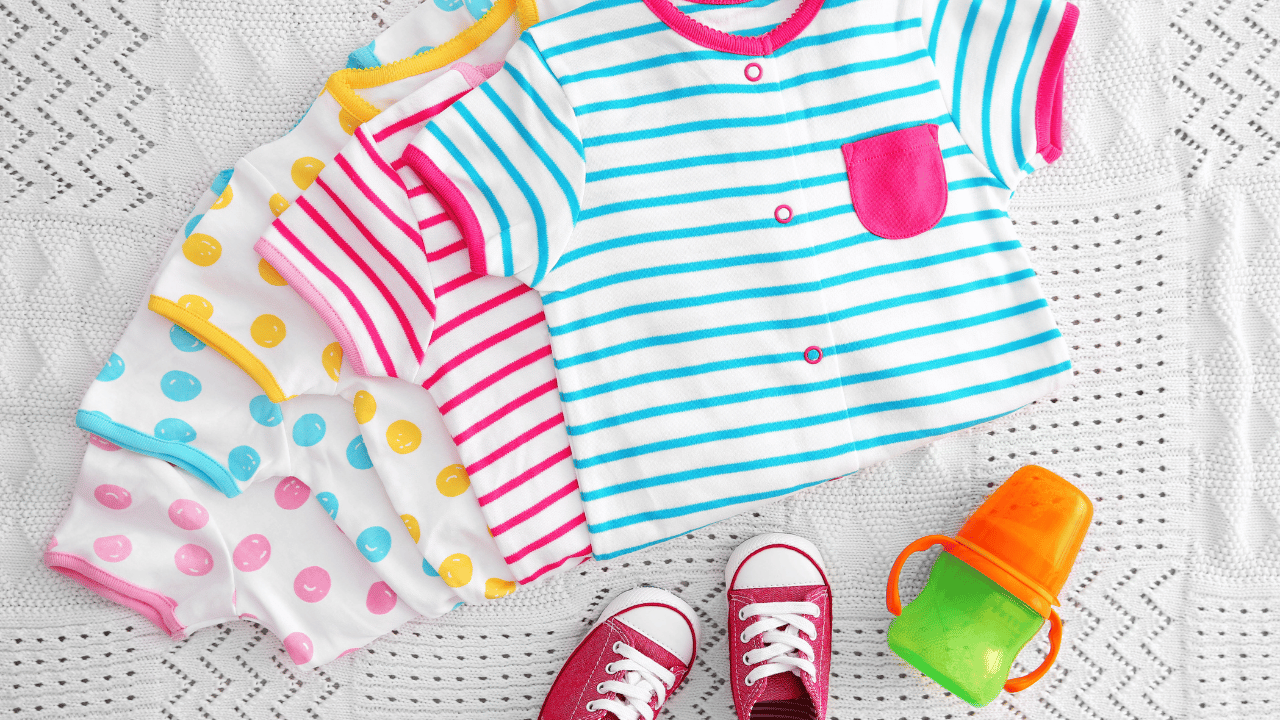
How Many Baby Clothes Do I Need
The quantity of each item you need will depend on how often you plan to do laundry and how much mess your baby makes. Generally, for the first few weeks, you might need:
- 6-8 onesies in both short and long sleeves
- 4-6 footies or sleepers for nighttime
- 3-5 rompers for the day time
- 10-12 bibs and burp cloths
Remember, babies grow quickly, so don't stock up too much on newborn sizes.
Factors to Consider
When building your baby's wardrobe, consider the following:
- Season: Depending on the time of year your baby is born, you may need warmer or cooler clothing.
- Baby's Messiness: Some babies are more prone to spit-ups or diaper leaks, which means you may need more outfits on hand.
- Laundry Schedule: If you're able to do laundry frequently, you can get away with fewer clothes.
For the colder months, you may want to add additional items such as a few warm jumpers and cardigans, plus a snowsuit or two if your little one will be spending time outdoors in winter. With regards to sleepwear, a couple of nightdresses or pyjamas should suffice for the first few weeks.
When it comes to layering pieces, you'll want to stock up on several vests and thermal underwear. In addition, if your baby is likely to be engaging in physical activities such as crawling or walking outside, you may want to opt for specialized outdoor wear such as a rain suit or snowsuit.
When it comes to the amount of baby clothes that you actually need, it's important to remember that babies grow very quickly and so you may find yourself needing to buy larger items more frequently.
To make sure you don't end up overstocking, try to buy items that can be used year-round. This means opting for lightweight pieces in summer and thicker items for winter. Additionally, you can look for items that are adjustable or expandable so that they can be used for longer as your baby grows.
Finally, when stocking up on baby clothes, it is important to remember that not all items are created equal. Make sure you purchase quality items made from natural materials that offer breathability and comfort for your little one.
Knowing What Size to Buy - How to determine which size is best for your baby
When shopping for baby clothes, it is important to know what size to buy. The best way to find out is by looking at the age recommendations on the labels of the clothing items. This will help you determine which size is best for your baby.
Additionally, you may want to look at the measurements provided in the product description so that you can get a better idea of how the item will fit. Also, keep in mind that babies tend to grow quickly so you may want to opt for slightly larger sizes if you are unsure.
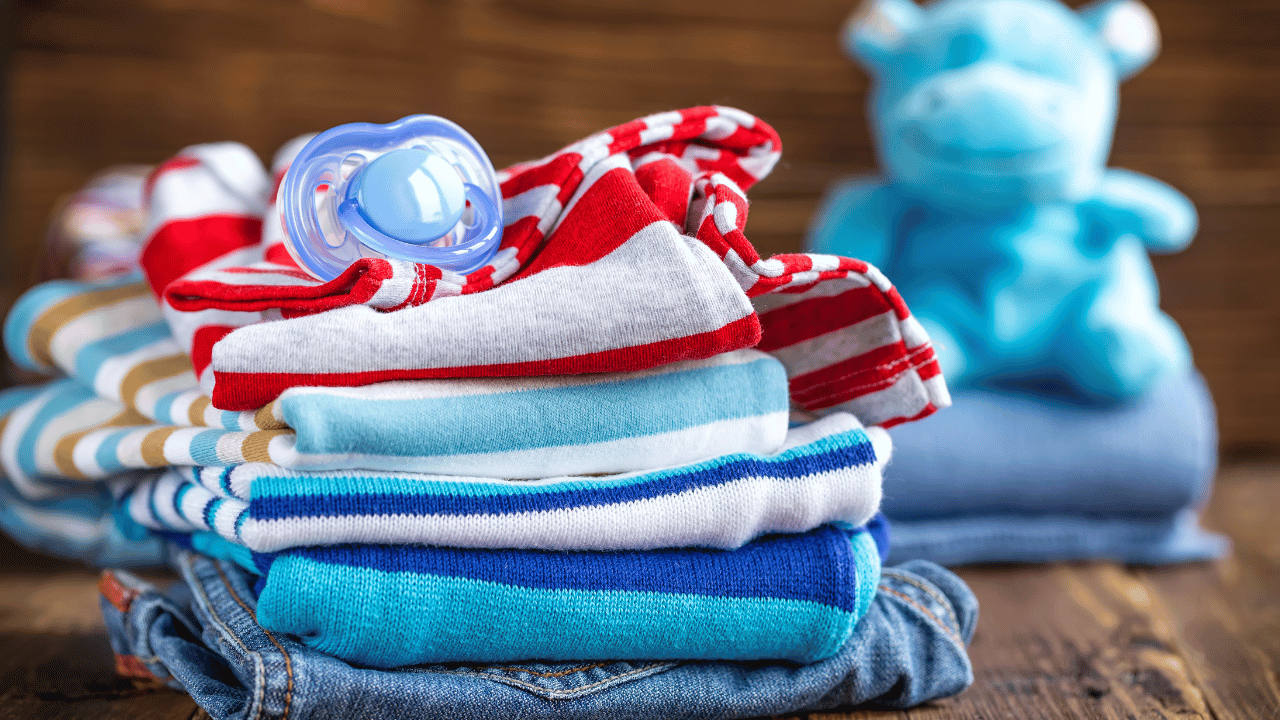
Factors to Consider When Choosing Baby Clothes - Learn about different materials, colors, and styles that are best for newborns
When it comes to choosing baby clothes, there are a few factors that you should consider. Firstly, look for items made of natural materials such as cotton or bamboo which are breathable and comfortable for babies. Additionally, opt for bright colors or fun prints that will be pleasing to the eye.
Finally, think about the style of clothing that you want to buy - whether it's simple and classic or something more modern and trendy.
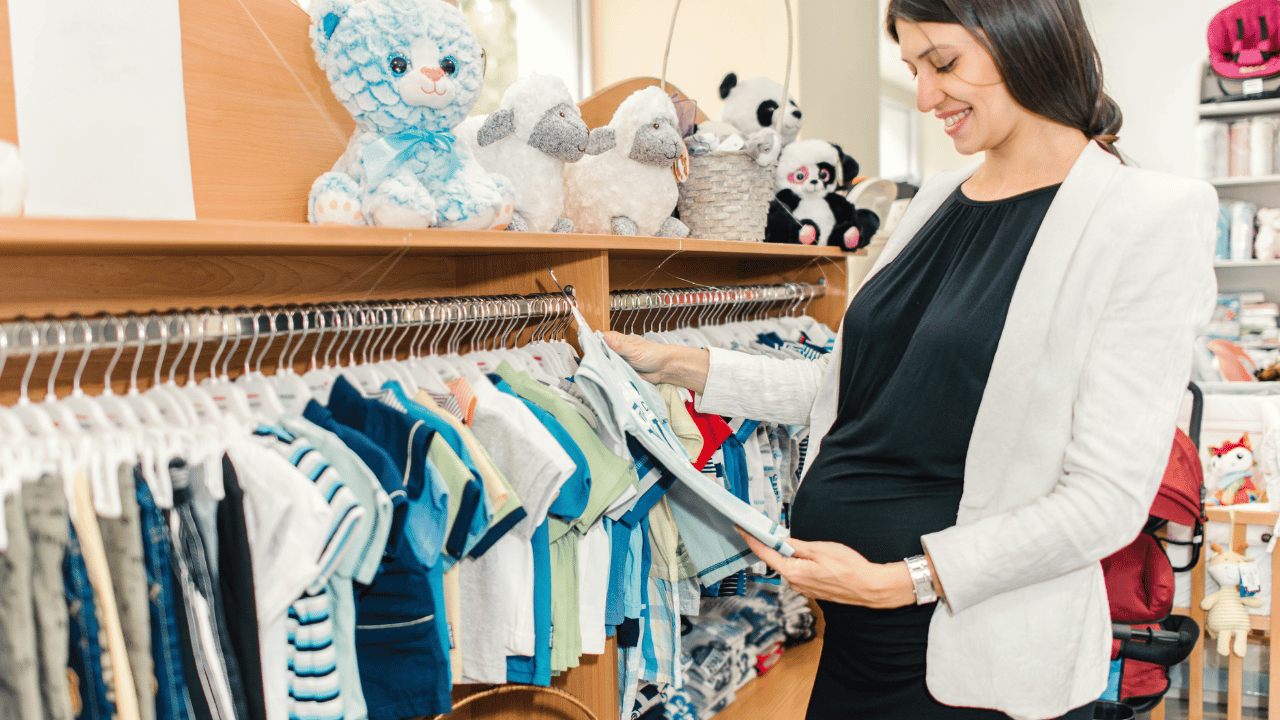
Shopping Tips For New Parents - How to get the best deals on infant clothing
When shopping for baby clothes, there are a few tips that you should keep in mind. Firstly, look for stores that offer discounts on bulk orders or seasonal sales.
Additionally, you can also sign up for loyalty programs at certain stores to get additional discounts and benefits. Finally, don't forget to check online as there are often plenty of deals available - just be sure to read all of the terms and conditions before making a purchase.
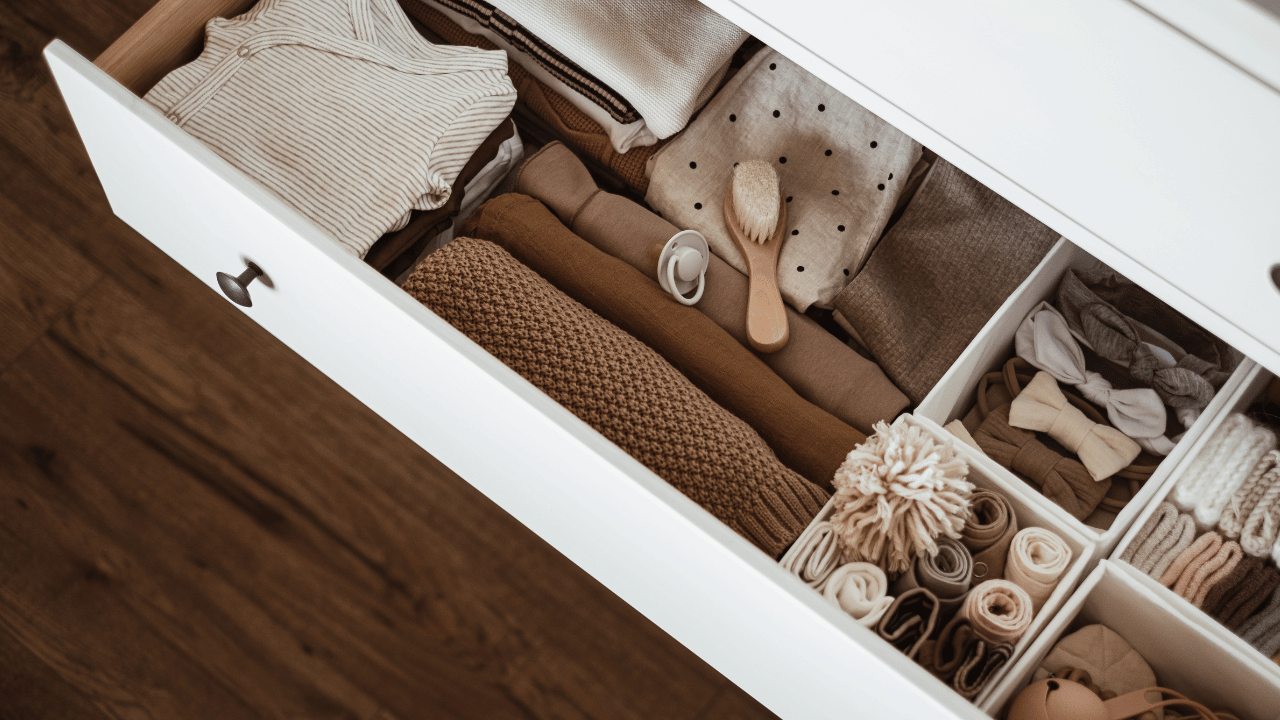
Storing Baby Clothes Properly - Tips on how to organize and store clothes effectively
When it comes to storing baby clothes, the best way is to keep them neat and organized. This will make it easier for you to find the items that you need quickly. Consider using bins or baskets to store small items such as socks or hats, while hanging up larger pieces like onesies or dresses.
Additionally, always make sure that your baby's wardrobe is in a dry and cool place away from direct sunlight. Plus, if you have any items with delicate fabrics or embellishments, make sure to store them separately so that they don't get damaged.
Making Room for Growing Babies - Ideas for decluttering and creating more space in your home when your baby grows out of their clothes quick
When your baby grows out of their clothes quickly, it can be hard to keep up with the amount of items that are in their wardrobe. The best way to tackle this problem is by decluttering and creating more space in your home. Start by sorting through all of the items that you have and determine which ones are still usable and which should be donated or sold.
Additionally, you can look for multi-purpose items that can be used in different ways such as a dress which can also be worn as a top. Finally, consider investing in items with adjustable sizes so that they can be used for longer.
How Many Baby Clothes Do You Need FAQs
Is there a minimum number of baby clothes I should buy?
Yes! The general rule of thumb is to start with 6-9 onesies or bodysuits, 3-4 pyjamas, 4 pairs of socks and 3 hats, depending on the season. Additionally, an extra outfit like a dress or jumpsuit is recommended for special occasions such as photo shoots.
However, this is just a starting point. Depending on your baby’s individual needs and preferences, as well as the climate of where you live, you may need to adjust accordingly.
What about seasonal changes?
As temperatures can fluctuate drastically from season to season, it’s important to plan for both winter and summer outfits. For colder weather , you may want to invest in a few heavier jackets or snowsuits. For summer months, opt for lightweight materials that are breathable and comfortable for your baby. Additionally, if you live in an area with extreme climates, it’s smart to stock up on clothing that can be layered such as long sleeve shirts and pants for colder days, and short sleeved shirts and shorts for warmer days.
What other essential items should I keep handy?
To ensure your baby is always comfortable, make sure to also have on-hand a few blankets (both thick and thin), bibs, swaddles or wraps, burp cloths, booties and mittens - all depending on the season. It’s also important to stock up on diapers, diaper cream and wipes.
Final Thoughts
Ultimately, as a parent, preparing for your Baby’s wardrobe is an important step of the whole journey that lies ahead. Taking into account all the factors listed above from what to buy and when to buy it, no two parents have the exact same answers here. What matters most is that you are buying quality Baby clothes with elements of comfort and practicality in mind.
So take care of your future bundle of joy with stylish yet comfortable clothes, and be sure to use only safe materials and products produced by reliable companies for your little one's well being. Asking yourself “How many baby clothes do I need?” can help you plan a smart budget and plan an efficient shopping strategy accordingly. Remember that in the end it's all about providing the best for your Baby.
